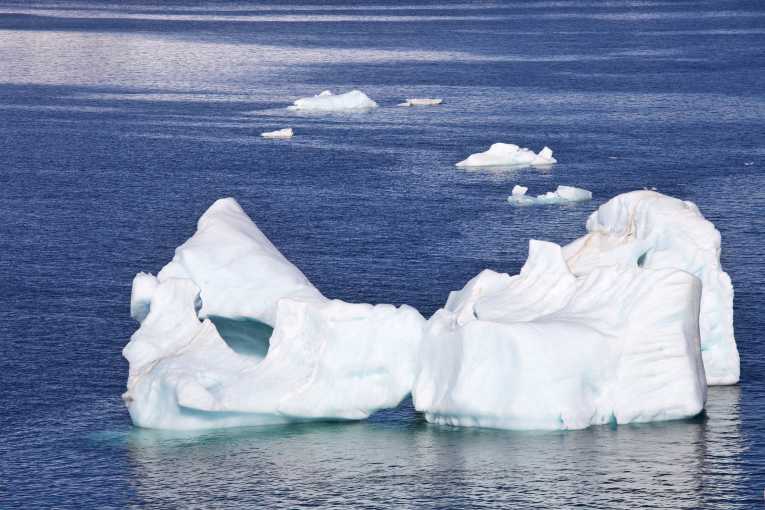A new NASA-funded satellite study of the polar ice sheets shows an alarming accelerating trend of ice loss from both Greenland and Antarctica. Combined with losses from mountain glaciers and ice caps this could result in a global sea level rise of 32cm as early as 2050.
'Unsurprisingly, ice sheets will dominate future sea level rises, as they hold much more ice mass than mountain glaciers,' explained Eric Rignot, the study's lead author, jointly of NASA's Jet Propulsion Lab and the University of California, Irvine. 'What is surprising is that the increased contribution to rising sea levels is already happening and if trends continue will be significantly higher than 18 – 59 cms by 2100 predicted by the United Nations Intergovernmental Panel in Climate Change report in 2007.'
This means that over 600 million people, a tenth of the global population will be directly at risk due to flooding resulting from higher global sea levels. Those living in low lying areas, like the Maldives or the deltas of Bangladesh will be hit especially hard and sea level rises at the upper end of predictions may threaten their very existence. Speaking to the New York Times, a spokesperson from Oxfam International recently said, 'These startling new predictions of sea level rise spell disaster for millions of the world's poorest people.'
The results from the longest satellite study of the polar ice sheets compares data from two different satellite measurement systems and found that the rate at which the polar regions are losing ice is accelerating rapidly, and has over taken the ice loss from mountain glaciers and ice caps to become the dominant contributor to rising seas. Each year, over the course of the almost two decade study, the rate of ice loss has increased relative to previous years and ice mass was lost faster than the year before. Annually, Greenland and Antarctica are losing 36.3 gigatonnes more than the year before, on average 475 gigatonnes a year. One gigatonne is a billion metric tonnes. The loss from mountain glaciers and ice caps is less, at just over 400 gigatonnes a year.
The full study is published in Geophysical Research Letters this month.










